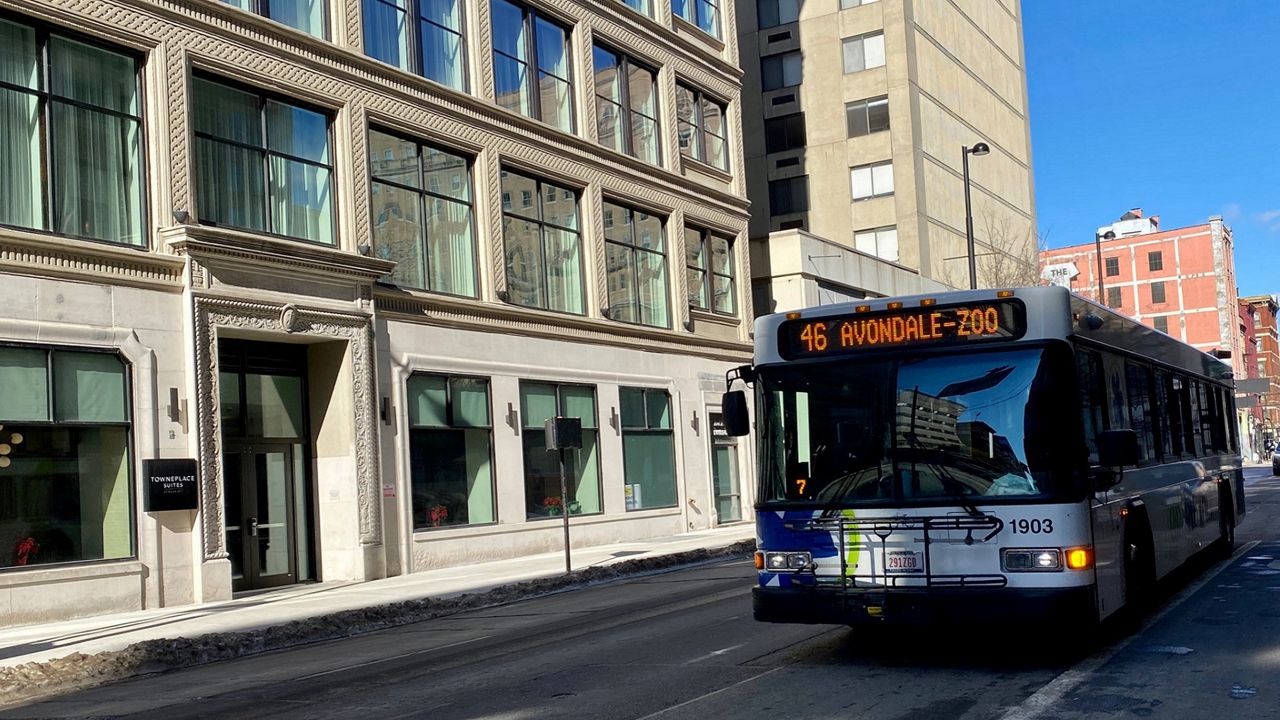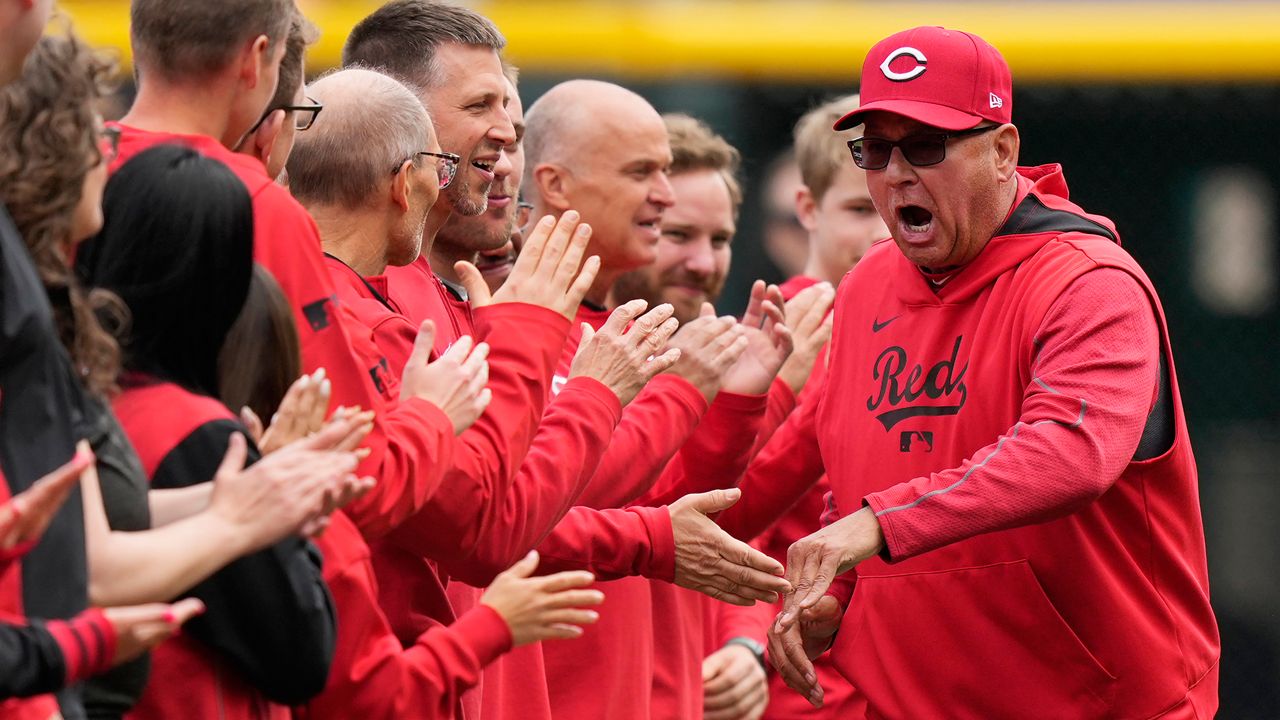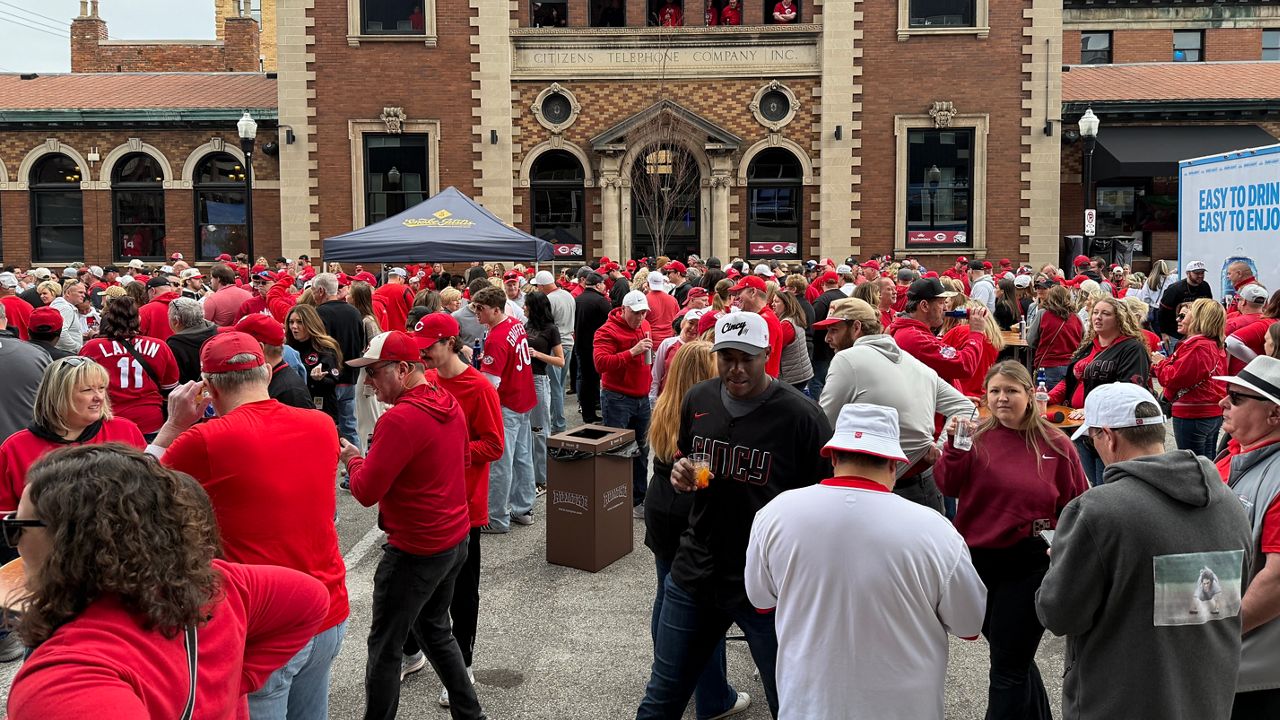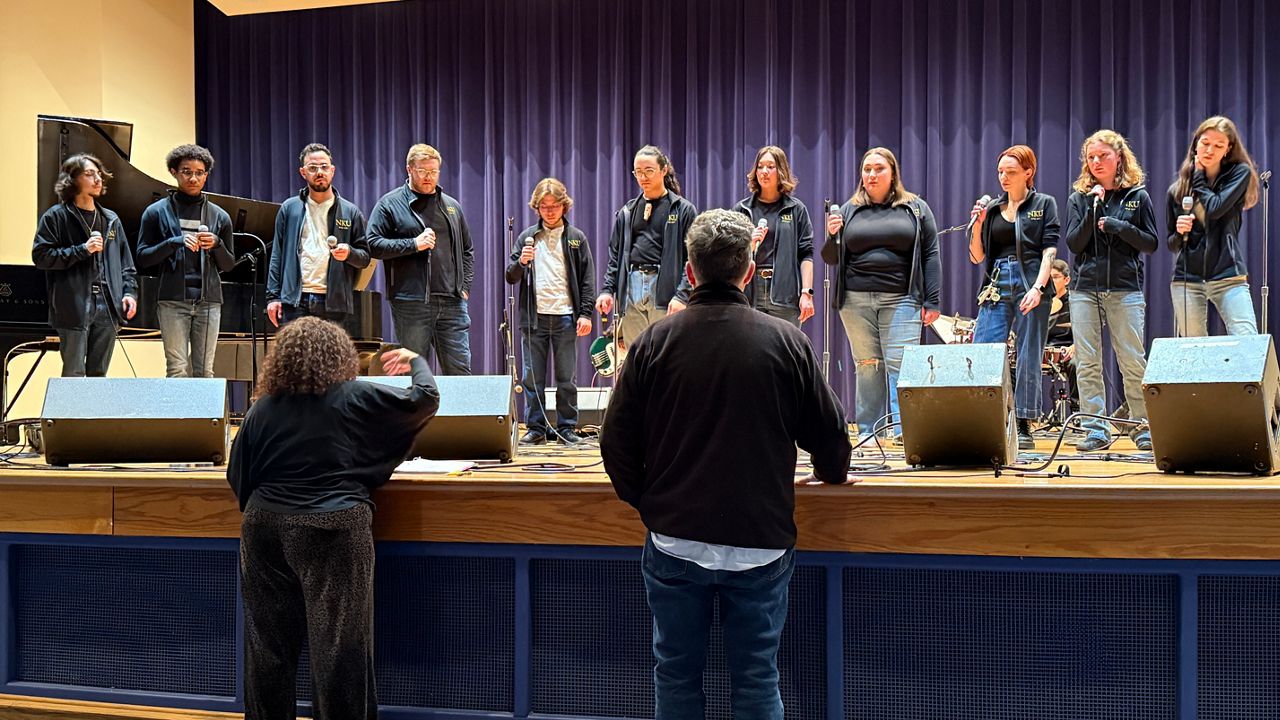CINCINNATI – The Southwest Ohio Regional Transit Authority (SORTA) implemented service changes to 13 of its Metro bus routes due in part to ongoing staffing challenges.
What You Need To Know
- More than a dozen Metro routes underwent major changes
- The moves are part of regular seasonal updates implemented by SORTA, which operates Metro
- While these changes were minor, other recent changes have been more drastic because of ongoing staffing shortages
- SORTA is in the middle of an aggressive hiring campaign for new drivers
- The next job fair is set for Metro Thursday, March 17
The series of "minor schedule and running time adjustments” affects the following fixed routes, according to a statement from SORTA. The moves went into effect Friday.
Rt. 6 – Queen City
Rt. 12 – Madisonville
Rt. 15 – Daly/Mt. Healthy
Rt. 19 – Colerain Ave.-Northgate
Rt. 24 – Anderson-Uptown
Rt. 29X – Milford Express
Rt. 32 – Price Hill-Glenway Crossing/Price Hill-Delhi-Sayler Park
Rt. 42X – West Chester Express/Job Connection
Rt. 46 – Avondale
Rt. 51 – Glenway Crossing-Hyde Park Crosstown
Rt. 65 – Western Hills-Northside Crosstown
Rt. 81 – Mt. Washington
SORTA, which operates Metro, makes these types of service adjustments four times each year based on things ranging from usage to staffing to resource availability.
This round of service adjustments amounts to minor changes to arrival and departure times, which in most cases amounts to a few minutes. The changes will not affect the travel time or reduce the number of trips per route.
There will be no changes to SORTA’s Access routes.
Bus users can find the updated schedule information at Go-Metro.com or using the Transit app. Printed schedules are available at Metro Sales Office, located downtown in the Mercantile Building.
"While these changes will have minimal impact on individual Metro customers and their commutes, they are a critical part of how we optimize our service to ensure buses arrive reliably and on schedule,” said Brandy Jones, SORTA’s vice president of external affairs. “As we continue to navigate the current labor shortage, even small adjustments like these go a long way toward keeping our buses arriving on time."
In announcing these most service changes, SORTA described them as “routine, spring service changes” and part of Metro’s “ongoing efforts to adjust our fixed-route bus service to the evolving needs of the communities” they serve.
But the transit agency has not been shy about struggles they’ve faced trying to retain and recruit staff, especially bus drivers. It’s an issue affecting transportation companies across the country.
SORTA made it clear that finances are not a factor. The agency blames the hiring struggles on factors related to the COVID-19 pandemic.
Metro currently has about 475 drivers on its payroll, but they’re looking to add 50 to 75 “as soon as possible,” according to the statement.
The driver shortage has at least played a role in other service changes in recent months, such as more drastic moves in December that affected 22 routes. Those adjustments included a mixture of trip consolidations and schedule adjustments as well as the elimination of an express route to Forest Park.
Last summer, SORTA had a well-publicized dispute with Cincinnati Public Schools over the decision to cancel special school-centric routes. SORTA, which stated the decision was initially "mutually agreed upon," said the changes were partially rooted in the fact they're short on drivers right now.
Staffing challenges have also limited SORTA’s ability to implement aspects of its Reinventing Metro plan, which aims to better connect greater Cincinnati residents to jobs, school and medical services.
“Because of the nationwide driver shortage, we've had to make adjustments to our current service in an effort to improve service reliability for our customers,” Jones said in January. “We've also been very strategic about the timing of and which service improvements to implement based on factors that include staffing levels and ridership patterns and needs.”
SORTA has been aggressive with its hiring for Metro in recent months, including an aggressive social media campaign and several hiring events. The next job fair is set for Metro Thursday, March 17.
Drivers don’t need previous experience; they’ll get paid to go through the training. Pay during the training period is $19 per hour, which includes CDL training and reimbursement for fees associated with earning their commercial driver’s license (CDL)
Once trained, a driver’s pay goes up $21 per hour to start. They’ll also be eligible for a $2,000 sign-on bonus after three months.
Additional information is available at www.go-metro.com/careers.








